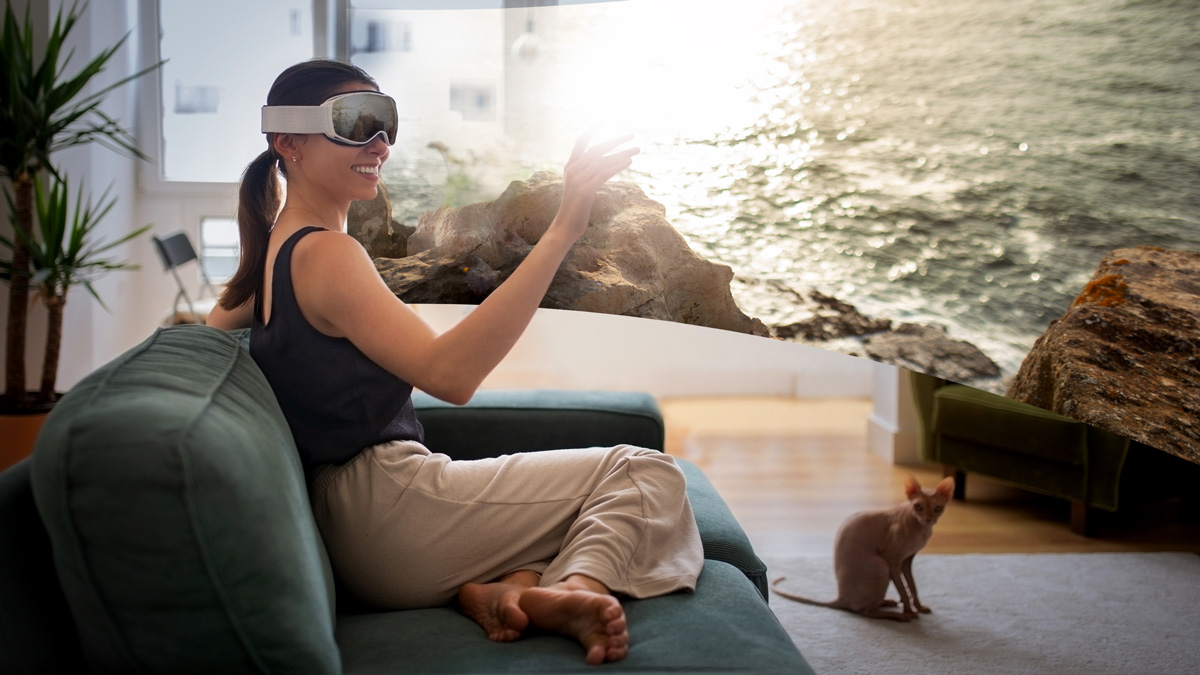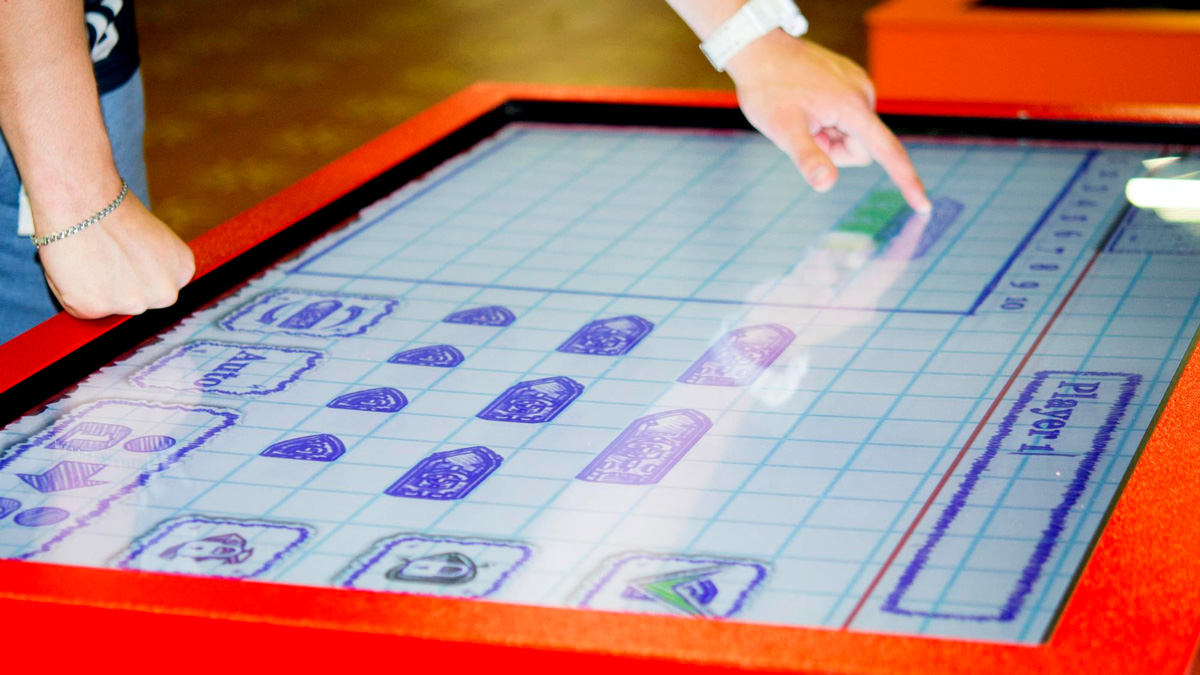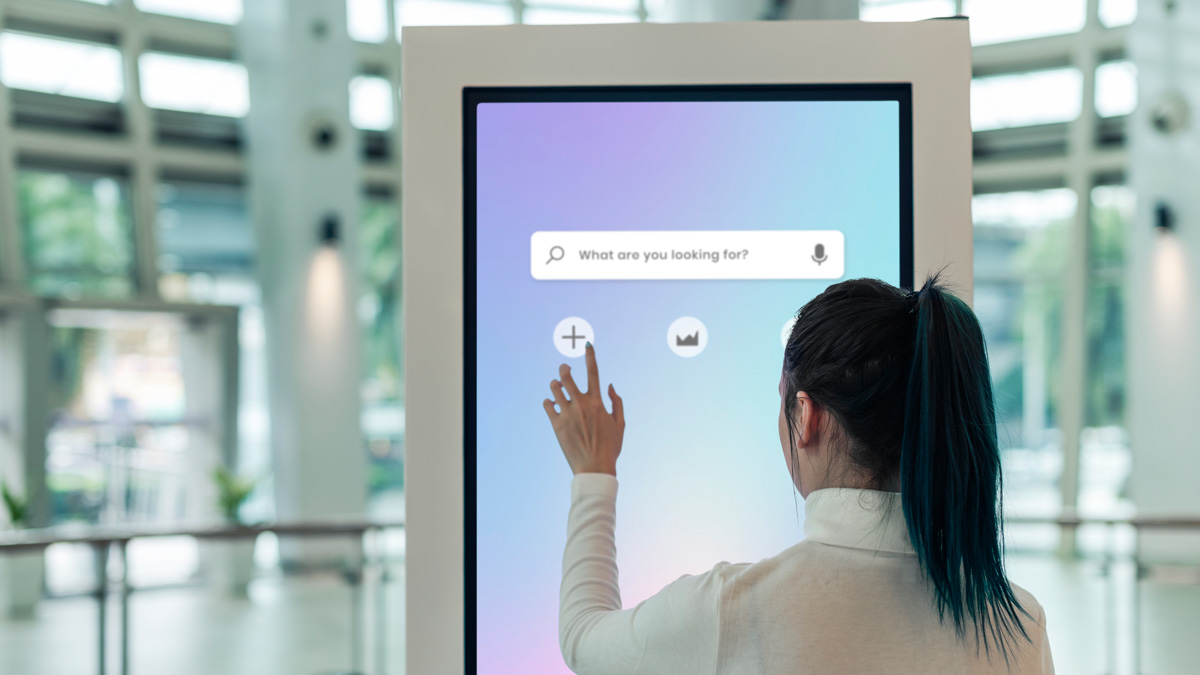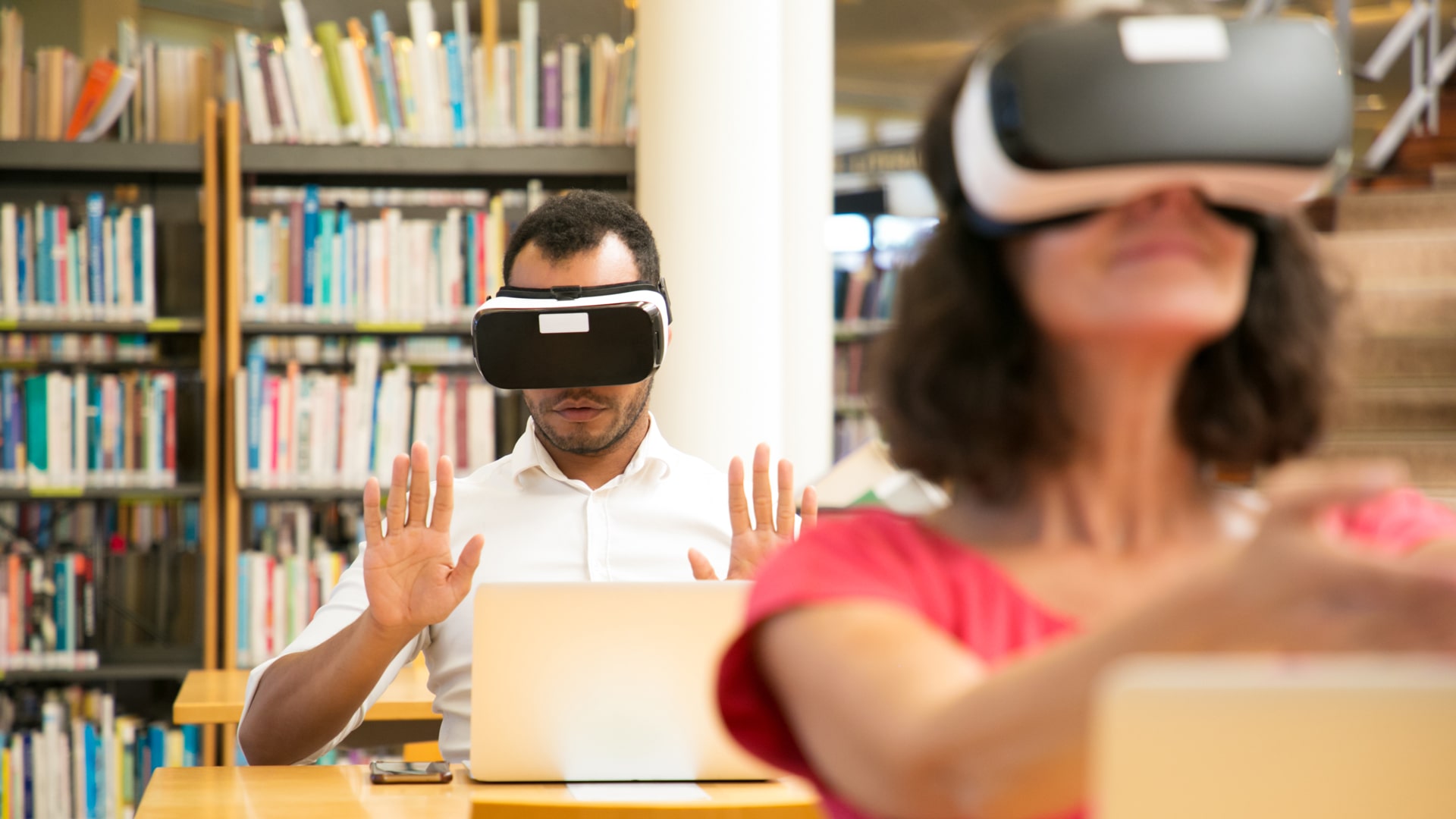
- Interactive Educational Video
- Virtual Reality (VR) and Augmented Reality (AR) Experiences
- Metaverse Classes
- Interactive Simulations
- Interactive Artificial Intelligence (AR) Books
- Interactive Whiteboards and Smartboards
- Virtual Laboratories
- Virtual Field Trips
- Online Interactive Debates and Discussions
- Simulations for Soft Skills Development
- Interactive Arts Education
- Dream Farm Agency's Interactive Media Services in Education
Interactive media motivates students to participate actively in their learning, boosting collaboration and giving them more control over their educational journey.
Leveraging interactive multimedia makes educational content more dynamic and appealing.
This two-way communication breaks the traditional passive learning mold, motivates students to participate actively, and provides instant feedback, enhancing their overall learning experience.
In this blog post, we’ll explore the examples and use cases of interactive media in education and show how it can revolutionize the learning experience.
The world is shifting, and so are user preferences. People today want to be part of something exciting, and yes, they are ready to engage, but it’s up to your brand to create that experience.
If you’re thinking about adding interactivity to your promotional plans, our team is here to guide you every step of the way and answer all your questions. Let’s make it happen together.
Learn more
Interactive Educational Video
Interactive educational videos are powerful tools that let students engage with recorded lectures by answering in-line questions. Vimeo empowers educators to create these videos, allowing viewers to control their experience through interactive elements that can be placed at specific points in the video.
These hotspots, shapes, images, or buttons trigger actions such as opening overlays, jumping to different video times, or recording responses. You can create dynamic multiple-choice questions and track viewer engagement by linking multiple hotspots.
Also, interactive video elements help to add shopping links to specific sections of the video, and Viewers can click on the shopping link that appears on the screen.
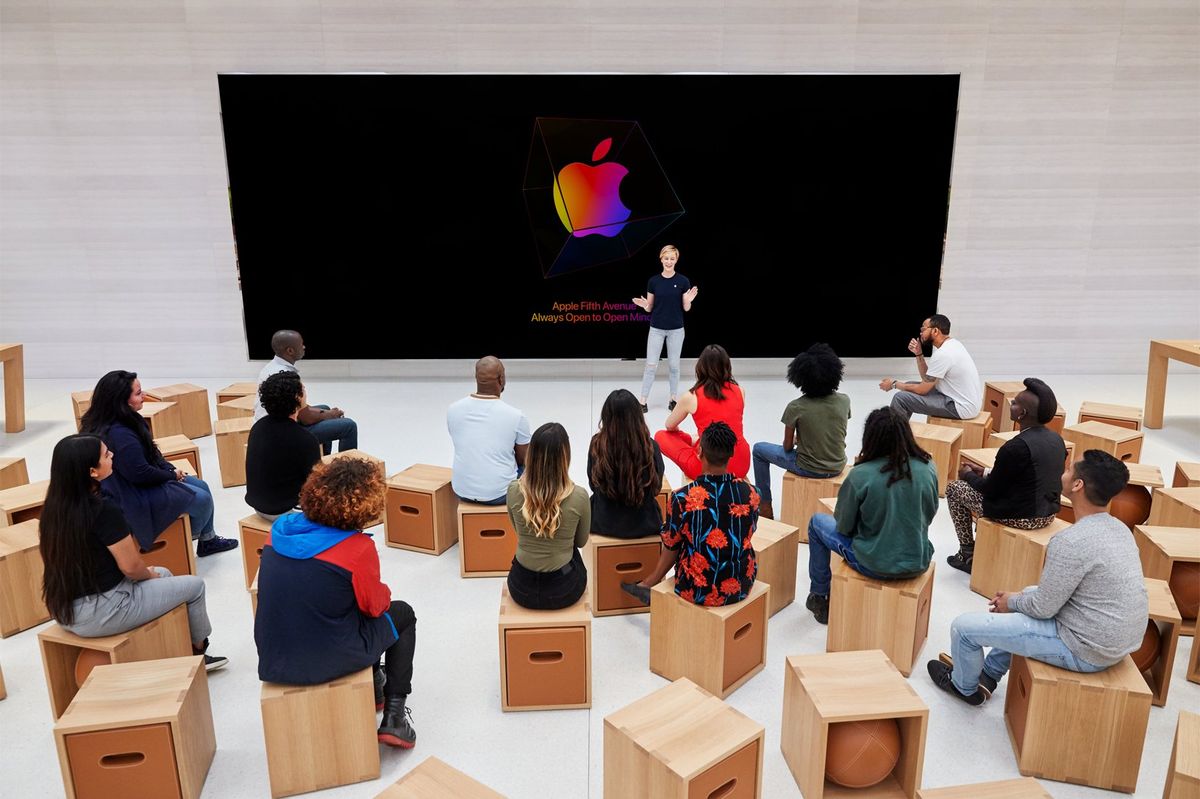
Virtual Reality (VR) and Augmented Reality (AR) Experiences
Incorporating VR and AR in education can significantly enhance student interaction and retention. For instance, ClassVR by Avantis Education provides immersive educational experiences across various subjects, making learning more engaging. ClassVR, launched in 2017, is a comprehensive solution that includes technology, software, hardware, training, and support.
This innovative tool helps students retain 90% of what they experience compared to just 10% of what they read. Every day, students worldwide use ClassVR to explore and learn in ways previously unimaginable, creating memorable learning experiences that go beyond typical classroom boundaries.
Metaverse Classes
Eduverse, also by Avantis Education, offers a safe and secure metaverse environment for K-12 schools. It allows students to explore immersive virtual worlds. Eduverse is accessible on various devices, including laptops, tablets, and phones, making it versatile and easy to integrate into existing classroom technology.
Eduverse ensures safety by allowing only authorized students to join sessions, and teachers have complete control over participation. This platform supports a district-wide approach, enabling all students to access rich, immersive content, whether they have VR headsets or not.
Eduverse is a good example of interactive media in education. It simplifies the use of VR in education by integrating with tools like ClassLink for seamless access.
Interactive Simulations
Interactive simulations like those offered by PhET Interactive Simulations provide dynamic, hands-on learning experiences in subjects like physics, chemistry, biology, earth science, and mathematics. Developed by the University of Colorado Boulder, PhET simulations are research-based and designed to engage students in exploration and discovery through a game-like environment.
These free resources are widely used globally, allowing students to learn complex concepts through interactive experiences and visually stimulating activities. PhET’s simulations help demystify complex subjects, making them more accessible and understandable for students of all levels.
Interactive Artificial Intelligence (AR) Books
AR books blend physical and digital content seamlessly, overlaying virtual features onto the real world to create an engaging reading experience. You can access augmented content using smartphones or tablets with built-in cameras and specific apps.
For example, AR Books LibrARy UK provides an interactive learning experience at home and school. These publications combine the traditional value of reading with the visual impact of multimedia technology, making content easy for today’s children to understand.
AR books use a device’s camera to display the real environment, such as a book, and play virtual content on the screen. They are versatile, allowing multiple mobile devices to connect to a single book, perfect for group activities in class. However, remember that copying content is prohibited.
Interactive Whiteboards and Smartboards
Interactive whiteboards and Smartboards transform classrooms by providing advanced touch and gesture recognition, multi-touch support, and integrated software suites. SMART Technologies, a leader in this field, offers Smartboards that are renowned for their intuitive user experience and robust collaboration features.
These boards come with proprietary software, like SMART Notebook, which provides interactive tools, content libraries, and seamless integration with other products.
Interactive whiteboards connect to computers or projectors, enabling users to manipulate digital content directly on the surface, enhancing classroom interactivity. They support various software applications, making them versatile tools for both educational and business settings, promoting active engagement and collaboration.
Virtual Laboratories
Virtual laboratories are revolutionizing science education by providing hands-on, immersive learning experiences. At Arizona State University (ASU), for example, Labster-powered virtual labs are used in the Dreamscape Learn biology courses.
These VR labs transport students into an intergalactic wildlife sanctuary, where they perform virtual experiments and solve biological mysteries. Studies show that students in these VR labs achieve higher engagement and better grades than students in traditional labs. This innovative approach demonstrates the powerful impact of interactive media in education, making complex scientific concepts more accessible and exciting.
Virtual Field Trips
Virtual field trips bring global destinations to the classroom, enhancing lessons in geography, history, and more. Nearpod VR allows you to take students on virtual journeys without leaving their seats, using a vast library of VR images integrated into lessons. Students can explore 360-degree photos on their devices, navigating with a mouse on a computer or moving a tablet to look around.
This immersive experience makes learning more engaging and accessible, offering students a unique perspective on different cultures and environments. Virtual field trips show the transformative potential of interactive media in education, making it easier to bring the world into the classroom.
Online Interactive Debates and Discussions
Online interactive debates and discussion platforms like Flipgrid encourage active student participation and collaboration. Flipgrid allows educators to facilitate online video discussions where students record and post video responses.
This method alleviates the pressure of live classroom discussions, giving students the time and space to express their thoughts. The platform also boosts creativity by enabling the use of videos, texts, emojis, and stickers, making learning more engaging.
Students experience deeper learning and better information retention by participating in virtual discussions. They interact with peers worldwide and gain firsthand insights into various topics, highlighting the power of interactive media in education.
Simulations for Soft Skills Development
Simulations for soft skills development, such as those provided by Mursion, offer immersive training experiences for improving interpersonal skills like communication and leadership. Mursion uses a blend of artificial intelligence and human simulation specialists to deliver personalized simulations that recreate challenging workplace interactions.
This platform is used by diverse sectors, including healthcare, education, hospitality, and finance, to help professionals practice and master complex interpersonal skills. Learners can take risks in a psychologically safe environment, enhancing their day-to-day performance. Mursion’s interactive simulations provide a unique and effective way to develop essential soft skills through interactive media in education.
Interactive Arts Education
Interactive arts education tools, like Spotify’s Soundtrap, facilitate collaborative music creation and production, enriching music education by teaching composition and production techniques.
Digital screens in art education offer students access to various digital art tools, allowing them to explore mediums such as digital painting, drawing, 3D modeling, and graphic design.
These tools provide a sandbox for creativity, enabling students to experiment and learn without the limitations of traditional art materials. Integrating digital tools into art education equips students with skills for digital art and design careers, showcasing the importance of interactive media in education.
Dream Farm Agency’s Interactive Media Services in Education
At Dream Farm Agency, we specialize in creating innovative interactive media solutions for education. Our services include designing interactive educational videos that engage students with in-line questions and dynamic hotspots, allowing them to control their learning experience.
We enhance the educational experience through cutting-edge technology, making it more engaging, effective, and enjoyable for learners. Contact us today for more information about how we can transform your educational content with interactive media. Feel free to leave your inquiries and comments below – we’d love to hear from you!
Arya
